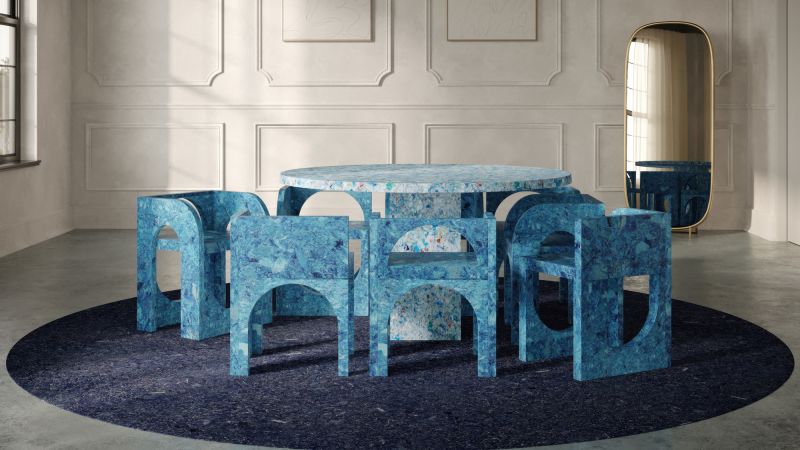
Innovative Trends in Furniture Design: Embracing Unconventional Materials
Culture | 8/19/2025
In a notable shift within the furniture design industry, unconventional materials are increasingly gaining prominence. From mushroom mycelium to repurposed old sneakers and even seaweed, these surprising elements are reshaping the future of furniture production. This trend marks a departure from traditional materials like wood, metal, and plastic, ushering in a new era of sustainability and innovation.
Designers and manufacturers are exploring the use of these unorthodox materials due to their eco-friendly nature and unique properties. A spokesperson from a leading design studio mentioned, “Utilizing materials like mushroom mycelium allows us to create durable and stylish furniture pieces while minimizing our environmental impact.” This environmentally conscious approach aligns with the growing consumer demand for sustainable and ethically sourced products.
The incorporation of these unconventional materials not only showcases creativity but also challenges the status quo in the furniture industry. While some traditionalists may express skepticism, advocates argue that embracing these new materials is crucial for reducing waste and carbon footprint in manufacturing processes. The shift towards sustainable materials reflects a broader global push towards eco-conscious practices in various sectors.
Despite the innovative potential of these materials, questions around durability, cost-effectiveness, and scalability remain prevalent. Industry experts suggest that further research and development are essential to optimize the use of these materials in mass production. As the furniture design landscape evolves, the successful integration of these surprising materials could revolutionize the industry and set new standards for sustainable manufacturing practices.
In conclusion, the emergence of unconventional materials such as mushroom mycelium, old sneakers, and seaweed in furniture design signifies a notable transition towards sustainability and innovation. While challenges persist, the ongoing experimentation and adoption of these materials underscore a growing commitment to environmental responsibility within the industry. With consumer preferences shifting towards eco-conscious choices, the future of furniture design appears poised to embrace these unexpected yet promising materials.


